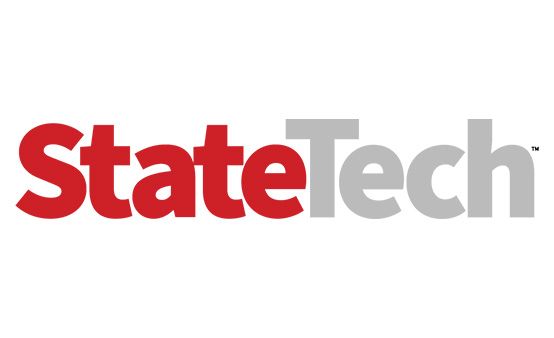Establishing Guardrails for AI Governance
How should state and local governments be defining and fulfilling their responsibilities? While approaches will vary from jurisdiction to jurisdiction, here’s a look at seven key considerations and concepts that go into creating guidelines, guardrails, rules and restrictions to govern their use of AI.
1. Stay on Top of Developments in the AI Space
What are your peers doing on the AI governance front? What do thought leaders and innovators inside your industry and in the academic and business worlds have to say on the subject? What opportunities and risks are emerging that you should know about? As fast as AI technology is advancing and as rapidly as use is expanding, these are questions that people inside your organization who are on the AI front lines — cybersecurity teams, IT teams, etc. — should be asking.
To find answers, network with peers, visit key websites (such as NCSL’s technology and AI pages) and news sources that cover AI in the state and local space. Check online forums and maybe even use a generative AI-driven tool to help gather the latest intel.
2. Know the Risks
As a recent white paper from the Public Sector Network and SAP points out, “No matter the application, public sector organizations face a wide range of AI risks around security, privacy, ethics, and bias in data.” For example, training models using data collected for other purposes could lead to leaks and violations of privacy regulations. Generative AI can be prone to hallucinations. Confidential data could be included in a GenAI prompt that is shared with the large language model provider, leading to a leak. If the data that trains an AI model contains stereotypes or discriminatory content, that can create biases.
Cybersecurity is another big risk. Integrating AI-based apps and capabilities creates additional attack surfaces. Plus, there's third-party risk to consider. Almost one-third (31%) of cyber-related insurance claims were attributable to breaches originating with a third party, according to Dark Reading. As more digital tools integrate AI, it’s important to understand what LLMs your data is being shared with.
Click the banner below to sign up for the StateTech newsletter for weekly updates.













